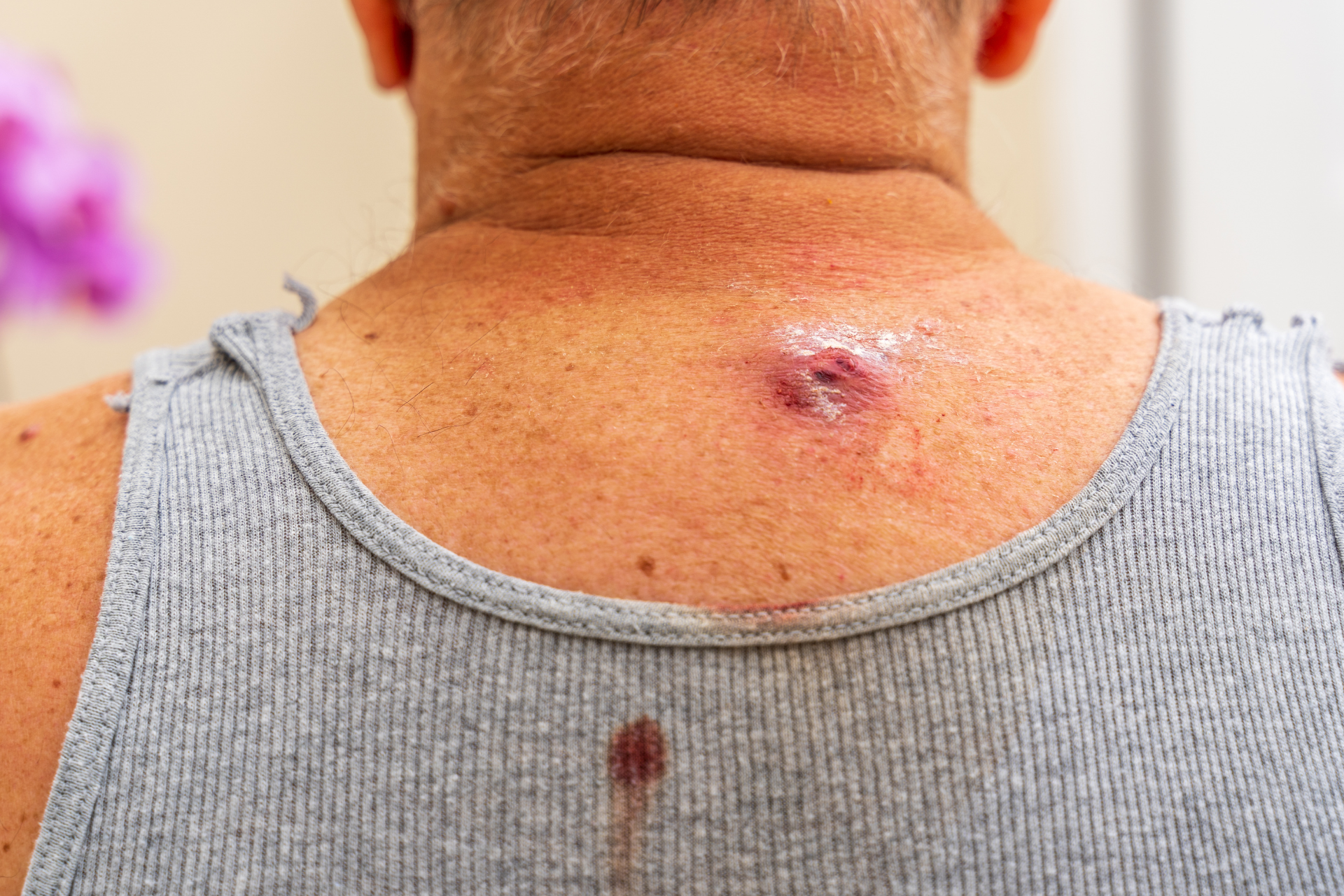How to Identify and Treat Common Cysts

Cysts are a common occurrence that many people experience at some point in their lives. These fluid or semi-solid-filled sacs can develop in various parts of the body, including the skin. While most cysts are harmless, some may cause discomfort or pain and may require medical attention. In this blog post, we will discuss how to identify common cysts, their causes, and treatment options available.
At Fall Creek Skin and Health Clinic, we understand the importance of recognizing and addressing skin-related issues, including cysts. Our team of healthcare professionals is here to provide you with the information and care you need to keep your skin healthy and glowing.
Identifying Common Cysts:
1. Epidermoid Cysts
These are the most common type of cysts and typically appear as small bumps beneath the skin's surface. They are often filled with keratin, a protein that is also present in our hair and nails. Epidermoid cysts are usually painless unless they become infected.
2. Sebaceous Cysts
These cysts are formed when the sebaceous glands become blocked, leading to the accumulation of oil and dead skin cells. Sebaceous cysts are often found on the face, neck, and back and can be tender to the touch.
3. Ganglion Cysts
These fluid-filled cysts usually develop on the joints or tendons of the hands and wrists. They can be firm or spongy to the touch and may cause discomfort or limited mobility.
4. Pilar Cysts
Also known as trichilemmal cysts, these cysts are common on the scalp and are filled with keratin. They are usually smooth and round, and may be hereditary.
Causes of Common Cysts:
Several factors can contribute to the formation of cysts, including:
- Blocked ducts or pores that trap keratin or sebum beneath the skin's surface.
- Hormonal changes that can lead to increased oil production and skin cell turnover.
- Trauma or injury to the skin that triggers the body's healing response, resulting in a cyst.
- Hereditary predisposition to cyst development.
Treatment Options for Common Cysts:
1. Observation
Small, asymptomatic cysts may not require any treatment and can be left alone unless they become larger or symptomatic.
2. Drainage
If a cyst becomes infected or painful, a healthcare professional may perform a minor procedure to drain its contents and relieve discomfort.
3. Corticosteroid Injections
In some cases, corticosteroid injections may be used to reduce inflammation and shrink the cyst.
4. Surgical Removal
For cysts that are recurrent, large, or causing significant symptoms, surgical removal may be necessary. This procedure is typically performed under local anesthesia and is considered safe and effective.
At Fall Creek Skin and Health Clinic, we offer comprehensive skin care services to help you manage and treat common cysts and other skin-related issues. Our experienced medical team is dedicated to providing personalized care and guidance to ensure the health and well-being of our patients.
If you have a cyst that concerns you or if you are experiencing any symptoms associated with cysts, we recommend scheduling a consultation with one of our healthcare providers. Early detection and treatment can help prevent complications and ensure optimal outcomes.
Remember, proper skincare and regular check-ups play a crucial role in maintaining healthy skin and overall well-being. Stay informed, stay vigilant, and remember that Fall Creek Skin and Health Clinic is here to support you every step of the way.
For more information about our services or to schedule an appointment, contact Fall Creek Skin and Health Clinic today. Take control of your skin health and let us help you look and feel your best.




